Secure Act 2.0: What could it mean for your retirement?
Secure Act 2.0 is on the way. The bill recently passed the House of Representatives in rare bipartisan fashion, with a 414 - 5 vote in favor.
You may remember the first Secure Act, which was signed into law by former President Trump in December 2019. That law raised the age for required minimum distributions from 70 ½ to 72. It also impacted 401(k) contributions, student loan repayments, and the use of annuities in 401(k) plans. 1
If passed as currently written, Secure Act 2.0 would have an even greater impact. The bill could change the RMD age even further, plus alter things like RMD penalties, catch-up contributions, employer contributions, and more. 2
Below are seven ways Secure Act 2.0 could affect your retirement strategy:2
Raising the RMD age to 75.
Secure Act 1.0 raised the RMD age from 70 ½ to 72. Part 2.0 would push it out even further:
- Age 73 starting in 2023.
- Age 74 in 2030.
- Age 75 in 2033.
Catch-up contribution expansion.
Current law allows for employees age 50 and older to make catch-up contributions to their 401(k) each year in addition to their regular contributions. This year, the catch-up contribution amount is $6,500. Under Secure Act 2.0, that amount would increase to $10,000 for workers ages 62 to 64, beginning in 2024.3
Catch-up contributions become Roth contributions.
Under Secure Act 2.0, all catch-up contributions are treated as Roth contributions starting in 2023. That means that catch-up contribution dollars will be made with after-tax dollars. They still grow on a tax-deferred basis, and then distributions are tax-free after age 59 ½.3
New Roth matching contributions.
Secure Act 2.0 also allows employees to elect for their employer matching 401(k) contributions be made as Roth contributions. Again, these would be made with after-tax dollars, but would generate tax-free distributions in the future.3
Student loan matching contributions.
Secure Act 2.0 also formalizes an idea that the IRS has already approved. Secure Act 2.0 would allow employers to make matching contributions to 401(k) plans based on employee student loan payments. The contributions would vest on the same schedule as normal matching contributions.2
Reduced RMD penalties.
Under current policy, the penalty for a missed required minimum distribution is 50% of the missed distribution. Under Secure Act 2.0, that penalty would fall to 25%. 3
Automatic contributions.
Finally, Secure Act 2.0 would encourage retirement saving by requiring new 401(k) plans to automatically set new participants’ contributions at 3%, with 1% automatic increases each year up to a maximum of 10% contributions. Employees would have the opportunity to opt out of the automatic contributions.4
Secure Act 2.0 would mark a major change in retirement policy, and would also likely impact your strategy. It is not yet law, but given the bipartisan support of the bill thus far, it seems reasonable that it will pass.5
Let’s talk about your retirement income strategy and how it could be affected. That’s especially true if you will take RMDs or make catch-up contributions in the near future.
1. https://www.cnbc.com/2022/04/05/retirement-savers-may-benefit-from-secure-2point0-what-needs-working-out.html
2. https://finance.yahoo.com/news/secure-act-2-0-passes-120019436.html
3. https://www.shrm.org/resourcesandtools/hr-topics/benefits/pages/house-passes-secure-act-2-to-promote-retirement-savings.aspx
4. https://www.cnbc.com/2022/02/05/heres-whats-new-with-401k-plans-this-year.html#:~:text=Contribution%20limit%20changes&text=For%202022%2C%20you%20can%20put,not%20count%20toward%20these%20limits.
5. https://www.cnbc.com/2022/03/30/house-passes-secure-act-2point0-heres-what-it-means-for-your-retirement-.html
Licensed Insurance Professional. We are an independent financial services firm helping individuals create retirement strategies using a variety of investment and insurance products to custom suit their needs and objectives. This material has been prepared for informational and educational purposes only. It is not intended to provide, and should not be relied upon for, accounting, legal, tax or investment advice.
Share This Post













